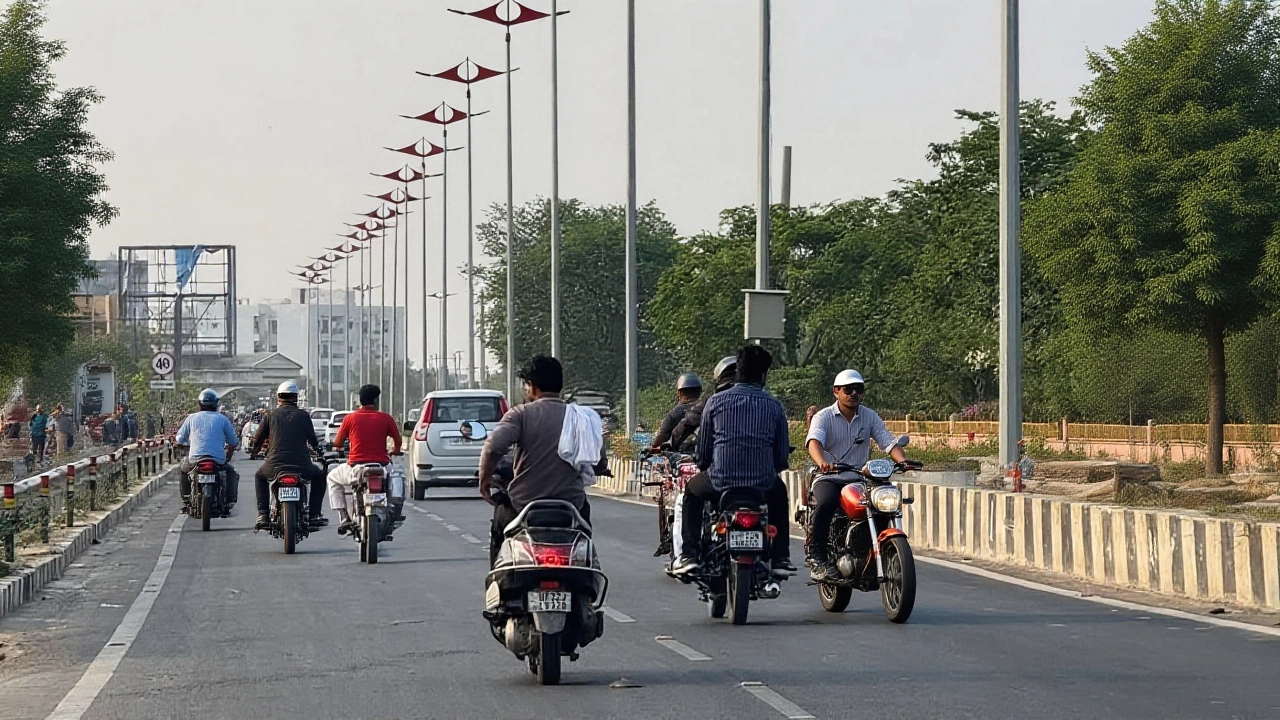Science Updates for Indian Dairy – Weather, Tech & Research
Welcome to the science hub of Indian Dairy Updates. Here you’ll find short, practical pieces that explain how weather, research and tech impact the dairy sector. We keep it simple – no jargon, just the facts you need to make sense of what’s happening.
Why does a rain alert matter to a milk farmer? Think of your dairy herd as a living thermometer. Sudden weather changes can affect feed quality, animal health and even milk yield. The recent orange alert from the India Meteorological Department on September 30, 2025 is a good example. Heavy rain broke a long heatwave in Delhi, disrupted flights, traffic and air quality. For dairy producers in the region, the rain means cooler cows, a quick drop in heat stress, but also a risk of soggy feed and mud‑related injuries.
Why Weather Matters for Dairy
When rain hits hard, farms face two main issues: moisture and temperature. Moisture can spoil stored fodder, leading farmers to buy fresh feed at higher prices. Temperature swings can stress animals, lowering milk output for a few days. Knowing the forecast helps farmers plan – they can move cattle to dry areas, protect silage, and adjust milking schedules. That’s why we track IMD alerts and turn them into actionable tips.
Beyond immediate impacts, long‑term climate patterns shape the whole industry. Researchers at Indian agricultural institutes are mapping rainfall trends to predict future feed availability. Their data helps policymakers design subsidy programs that keep milk prices stable even when the monsoon is erratic.
Tech Trends Shaping Dairy Science
Science isn’t just about weather. New sensors, data platforms and breeding tools are changing how dairy farms operate. For instance, low‑cost temperature‑humidity loggers let smallholders monitor barn conditions in real time. If a sudden drop in temperature is detected, an automated fan can turn on to keep cows comfortable.
AI‑driven milk analyzers are another game‑changer. Instead of sending samples to a lab, farmers get instant feedback on fat, protein and somatic cell count. This helps them spot health issues early and adjust nutrition on the fly.
We also cover breakthroughs in feed science. A recent study showed that adding a small amount of seaweed extract to cattle feed cuts methane emissions by up to 30 %. That means cleaner farms and potential carbon credits for producers.
All these developments are linked by one thing: data. From weather stations to barn sensors, the more data you have, the better decisions you can make. That’s why our science category curates stories that blend research findings with real‑world tips.
Got a question about how a weather alert might affect your herd? Want to know which sensor fits your budget? Drop a comment or reach out through our community. We keep the science simple, useful and ready for you to apply today.
Arvind Chatterjee, Oct, 1 2025
Delhi Gets Heavy Rain on Sept 30, 2025 – IMD Issues Orange Alert
Heavy rain on Sept 30, 2025, broke Delhi's heatwave as IMD issued an orange alert; flights, traffic and air quality were impacted, with rain expected to linger through early October.
View More



